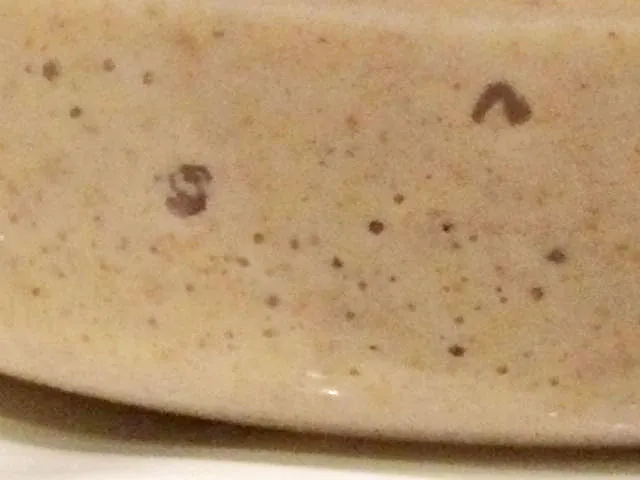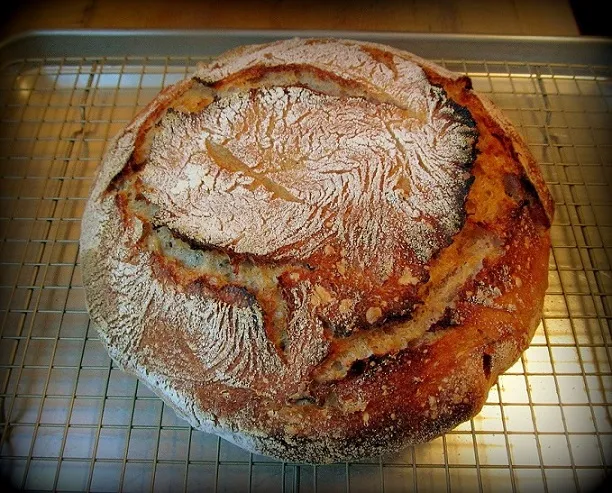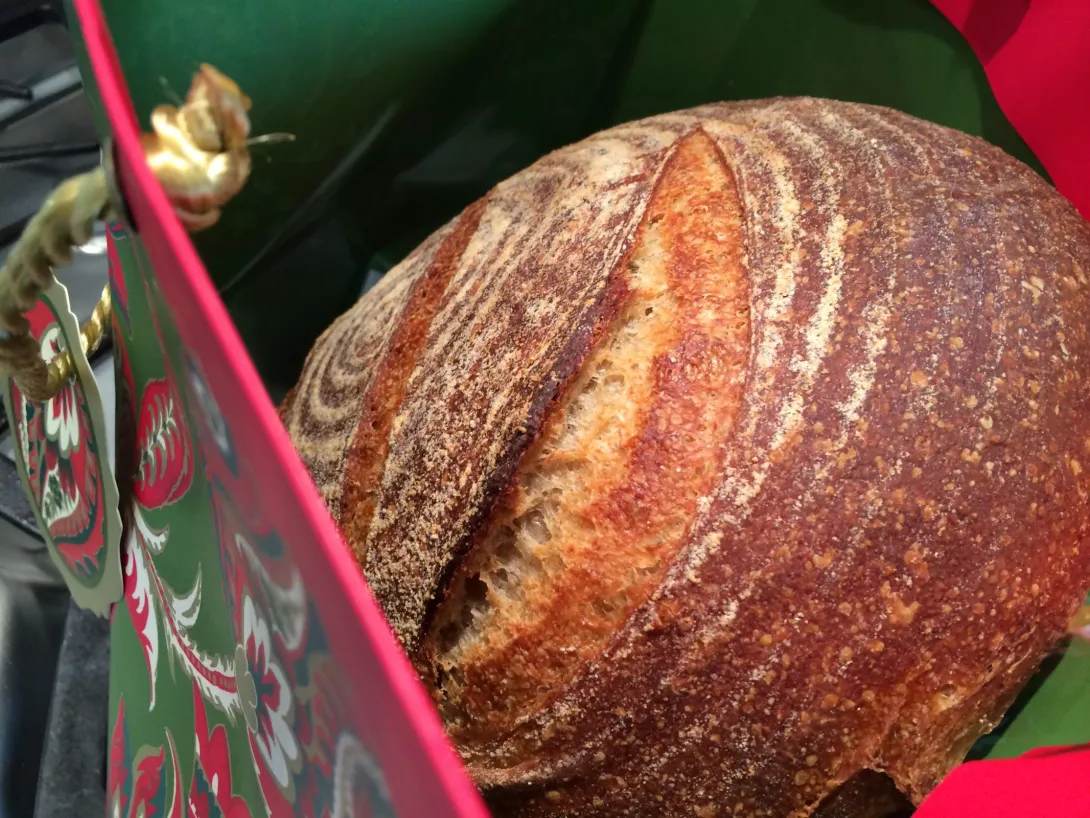Steel Cut Oats Plus

So, my shiny new brotforms (Thanks, Ian, for the lead to Lucky Clover Trading) were calling out, "Use us!" And I had been thinking to use some steel cut oats for something soft and hearty... and maybe adding a bonus of cranberries and walnuts. I started with Wooden Spoon's Steel Cut Oat Sourdough formula and made a few modifications that included increasing the WW to 25%, using AP at 25% (running low on BF) and, of course, adding fruit and toasted nuts.
- Log in or register to post comments
- 7 comments
- View post
- nmygarden's Blog





